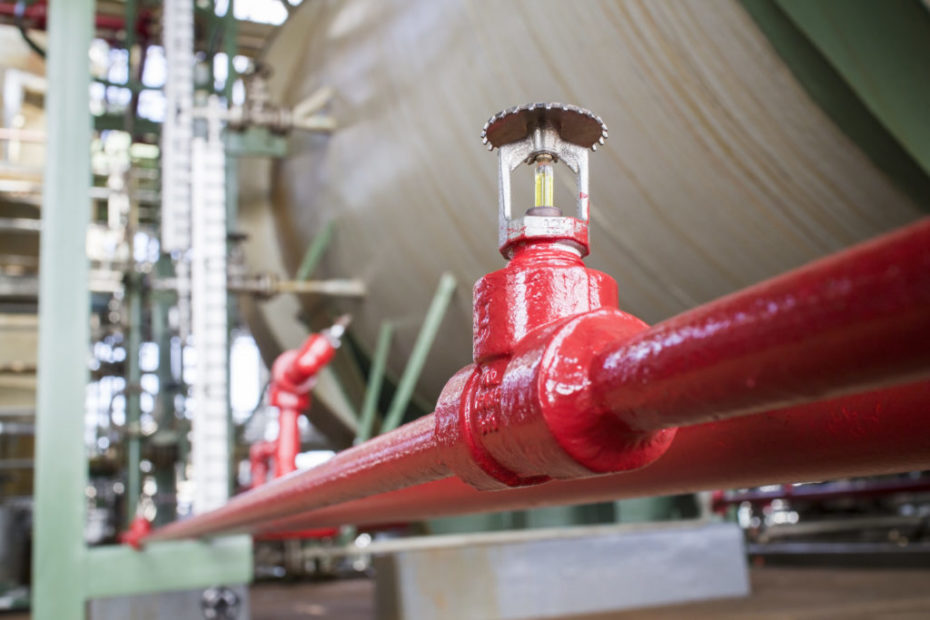To make sure your fire sprinkler system is in good operating condition and complies with regulations, fire sprinkler inspection, maintenance, and repair are essential.
It is impossible to overestimate the significance of fire sprinkler systems. Fire safety is a primary concern for buildings and institutions because fires result in a substantial loss of property and human life each year. Regular inspection and maintenance of fire sprinklers is critical because they prevent fires from spreading, which helps save lives, minimize property damage, and reduce lost income due to downtime for commercial enterprises.
The Value of Fire Sprinkler Maintenance
An essential component of fire safety is fire sprinkler inspection. In addition to ensuring that the system complies with local and federal fire rules, an inspection might find any problems that would prevent it from operating as intended in the case of a fire. During an examination, the following frequent problems can be found:
- System obstructions
- Malfunctioning alarms or valves
- Water supply issues
- Damage or leaks to fittings or pipes
- Degradation or corrosion
Building owners and managers can lower the danger of fire-related damage and the likelihood that a fire will spread by taking care of these problems during routine inspections. In sprinkler systems, corrosion is an ongoing issue for both wet and dry pipes.
Inspection Requirements for the Fire Code
The kind and frequency of fire sprinkler system inspections are mandated by both local and federal fire regulations. To make sure that structures and facilities adhere to the most recent fire safety regulations, these guidelines are revised on a regular basis.
Fire rules often mandate semi-annual or quarterly inspections in addition to the minimum yearly inspection of fire sprinkler systems. Every five years, in addition to the yearly inspection, an interior examination is necessary. A thorough analysis of every fire sprinkler system component is part of this inspection.
LVC’s Total Compliance Management programme (TCM) arranges and combines the necessary inspections of various fire and life safety systems, including fire sprinklers, as an extra convenience for property owners and managers. To save you time, TCM also maintains track of remedial actions and archives inspection data. When it comes to insurance claims and state or local government inspections, this evidence is invaluable.
Properly maintain fire sprinklers
To guarantee that the system is operating correctly and prepared to act in the case of a fire, routine maintenance of fire sprinklers is equally crucial. Typical maintenance chores include the following:
- Inspecting pipes and fittings for damage or leaks
- Replacing or fixing sprinkler heads that are missing or broken
- Purging the system to get rid of any dirt.
- Testing the water supply and alarm systems
The upkeep requirements for their fire sprinkler system can be affected by changes to state and federal fire rules, which building owners and property managers should be aware of.
Ultimately, to make sure that fire sprinkler systems will function properly in the case of a fire, routine inspection and maintenance are essential. Building owners and managers can lessen the possibility of a fire spreading and lower the danger of property damage and human casualties by adhering to fire code standards and maintaining the system. It is crucial to plan regular fire sprinkler inspections and to take care of any required repair as soon as it becomes apparent to protect the safety of persons and property under your care.
